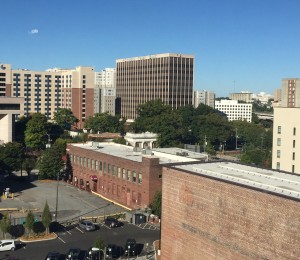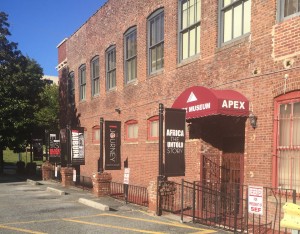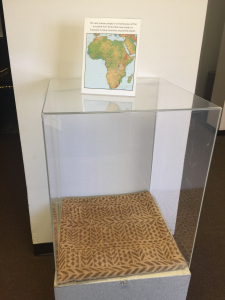Summary of Self Examination: How Accessible is Your Campus?
The article Self Examination: How Accessible is Your Campus is an self guide to help you determine for your self the accessibility of your campus that was made by an organization named DO-IT. DO-IT stands for Disabilities, Opportunity, Internetworking, and Technology.
The purpose of this guide is to explain how students are forced to fit into their already designed system. In this article they explain that “campuses provides accommodations for students with disabilities through a disability service office where students go to get special assistance.” This article expresses how the schools are not originally constructed to fit your needs and that you have to reform to fit into their already built environment. DO-IT expresses that all individuals should have an equalized campus experience disabled or not. This article encourages university conversations, administrative empowerment, and inclusion in all aspects of campus life. Everyone should be apart of the examination of the problem and acknowledge it.
Full article can be found at http://www.washington.edu/doit/self-examination-how-accessible-your-campus.


